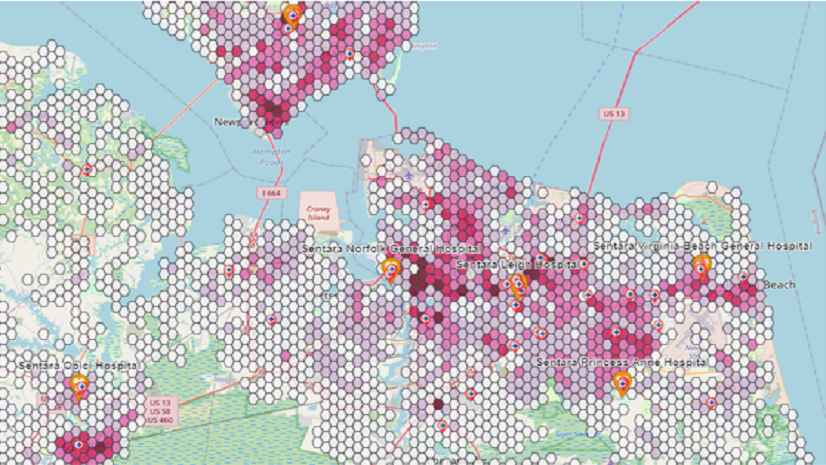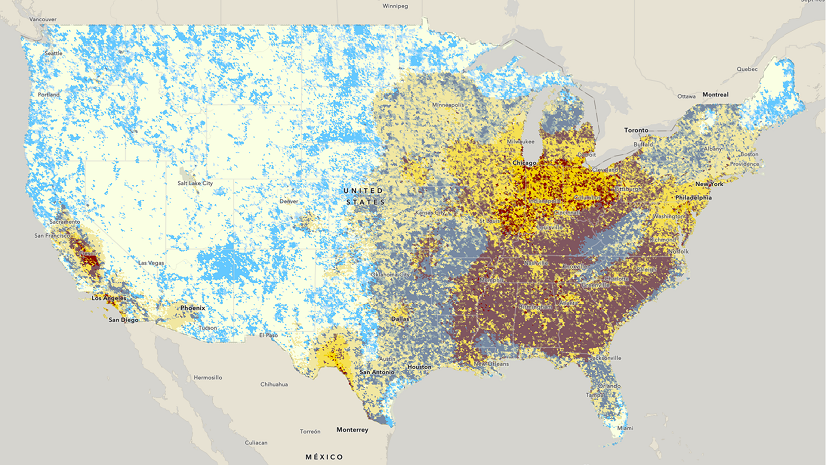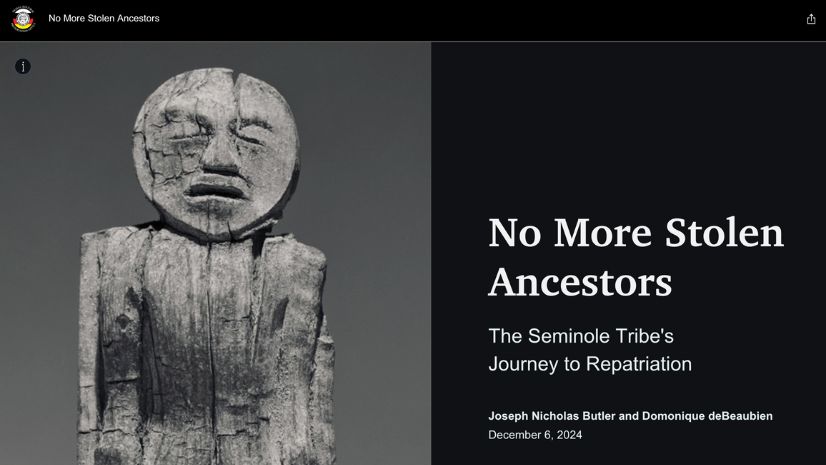How GIS Identifies and Fills Gaps in Healthcare Networks
Welcome to the second of four blogs in my Trends in Health GIS series. If you missed the first blog, the focus was on applying GIS to the ongoing opioid crisis. Today, we focus on the critical challenge of ensuring equitable access to quality healthcare services. Whether in urban or rural areas, disparities in healthcare accessibility continue to impact patient outcomes, with geography often serving as a barrier to timely care. It makes sense that if geography is part of the problem, then GIS should be part of the solution.
The Foundation: Why Healthcare Accessibility Matters
Access to healthcare is not just a convenience—it is a known determinant of health. Studies have shown that individuals with better access to healthcare experience lower rates of preventable diseases and improved overall health outcomes. Conversely, lack of access leads to delayed treatment, increased hospitalizations, and higher mortality rates. As healthcare services consolidate and move increasingly into virtual formats like telehealth, understanding how to maintain and expand accessibility has never been more vital. Here are some of the trends in healthcare accessibility as I see them:

GIS provides a powerful platform to address these challenges by offering spatial insights into where healthcare services are located, who can reach them, and what barriers prevent people from accessing the care they need.
The Basics of Calculating Access to Care
Let’s start with what is probably the most foundational component of this field, calculating an individual’s access to a healthcare provider. Not so long ago, the calculation of access was quite coarse, using Euclidean (straight-line) distances to estimate levels of accessibility. Worse yet, the distances weren’t even calculated from a person’s residence, they were most often calculated using a person’s ZIP Code centroid. Without employing an accurate road network that accounts for traffic and geographic barriers, like mountains or bodies of water, it’s impossible to advance beyond travel distance to the more important metric of travel time. Furthermore, the legacy method compounds errors in the access calculations and therefore can completely mask access disparities – the very thing the calculations were meant to overcome.



Trends in Healthcare Accessibility
As we consider the emerging trends in the field of healthcare accessibility, it’s worth noting that all of them are linked to the growing modernization effort and adoption of GIS across health insurance and healthcare organizations.
1. Stricter Standards for Network Adequacy
The Centers for Medicare & Medicaid Services (CMS) has introduced stringent standards to ensure health plans offer adequate access to their members. Health plans must now meet criteria based on reasonable provider-to-enrollee ratios, appointment wait times, and of course, geographic access. The geographic part is especially complex because it involves the more modern calculations of drive distance as well as drive time. However, these requirements vary based on the type of provider being seen and the type of area in which an individual lives. For instance, a primary care provider in an urban area may need to be within 10 minutes or 5 miles of the patient. But a specialist, like an endocrinologist is considered accessible for people in rural areas if the drive time is under 110 minutes or 90 miles. These complexities make GIS indispensable, as it allows for precise, rule-based calculations that ensure plans meet regulations.
2. Healthcare Consolidation and its Impacts
Healthcare mergers and consolidations are a common occurrence nowadays. Failing hospitals and clinics can benefit from these unions by taking advantage of economies of scale and eliminating redundancies across the merged systems. At the same time, some regions experience reduced access to care when nearby clinics are closed or services are centralized. Rural areas present a further challenge in this regard since such closures significantly increase travel time and distance to care. GIS offers a way to visualize the impact of these mergers by mapping areas and people most affected by the consolidation. GIS can then be used to inform solution strategies like siting mobile health units or expanding telehealth services to bridge the gaps.

3. The Rise of Telehealth and Digital Health
Telehealth has emerged as a significant trend. Why? What’s new? Well, it’s not that telehealth is new, but rather that the field has blossomed since 2020 because of the need to stem COVID-19 transmission by reducing close contacts of all kinds, including healthcare appointments. Telehealth, as a method of care delivery, offers promising solutions to accessibility issues. However, its effectiveness relies heavily on the availability of high-speed internet—a service that is not universally available. GIS can pinpoint areas lacking broadband infrastructure and help organizations deploy telehealth services strategically.

4. AI and Advanced Analytics for Network Optimization
GIS, combined with artificial intelligence and machine learning, is revolutionizing how healthcare networks are managed. These advanced tools allow for predictive analytics, helping to forecast patient volumes and optimize resource allocation. Advanced analytics support complex calculations that consider key objectives such as geographic access, care quality, costs, equity, wait times and satisfaction alongside constraints like budgets, staffing and legislative requirements to provide solution options for improving the healthcare network.
How GIS is Enhancing Healthcare Accessibility
GIS goes beyond accurately mapping access to healthcare facilities. Today’s systems incorporate real-time traffic data, multimodal transportation options, and patient demographics to provide a more complete picture of healthcare access. For instance, GIS can analyze travel time by various modes of transport—be it by car, public transport, or walking—providing critical insights into how different populations reach healthcare facilities.
Moreover, GIS helps to address other important barriers to healthcare access, such as disabilities, income, or health conditions that require frequent visits. By incorporating these factors into spatial models, healthcare organizations can develop more inclusive networks with targeted access solutions.
Real-World Applications
Several real-world examples demonstrate how GIS is improving healthcare accessibility:
Telehealth Expansion: GIS-based suitability analysis is being used to determine where telehealth services can be deployed most effectively. This ensures that virtual healthcare options reach those in underserved areas, making healthcare more accessible for rural populations. Years ago, I co-wrote a relevant paper on this when I was a clinician at University of California, Davis that makes the point.
Network Optimization: Healthcare providers are using GIS to comply with CMS standards, optimizing their networks to ensure that patients are within acceptable distances from providers and that sufficient providers are available to meet demand. Learn more about the work of Inland Empire Health Plan and how they’ve grown their network adequacy efforts into a strategic system that helps optimize their entire network.
Identifying Essential Community Providers: Recent regulations require health plans to partner with essential community providers (ECPs), such as clinics serving low-income populations. GIS aids in identifying these partners and integrating them into healthcare networks, ensuring that vulnerable populations have access to care. See how Moffitt Cancer Center created a similar workflow to enhance cancer care in Florida.
The Road Ahead: Building Accessible Healthcare Networks with GIS
As the healthcare landscape continues to evolve, GIS will remain an essential tool in bridging the gaps in healthcare accessibility. From optimizing network adequacy to deploying telehealth solutions, GIS is at the forefront of creating more equitable and efficient healthcare systems. By continuing to innovate and apply geographic insights, healthcare organizations can ensure that no patient is left behind, regardless of where they live. If we can help you with your healthcare accessibility needs, please contact us at healthinfo@esri.com.
Stay tuned for the next installment in this ‘trends’ series, where I’ll tackle another important issue in health, maternal and child health.




